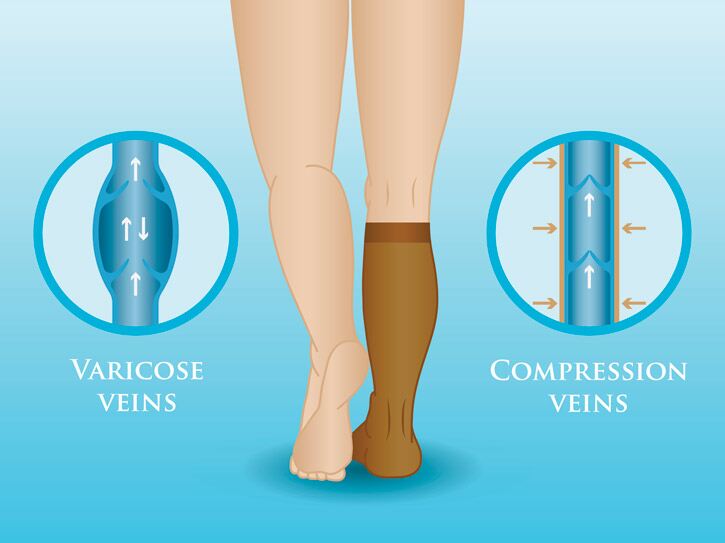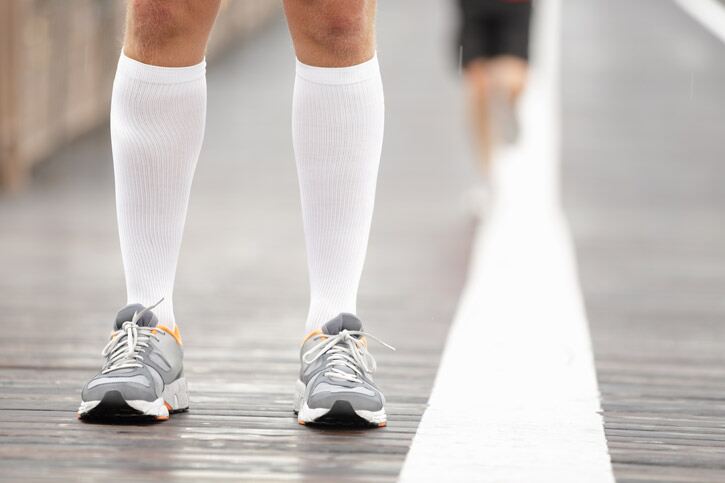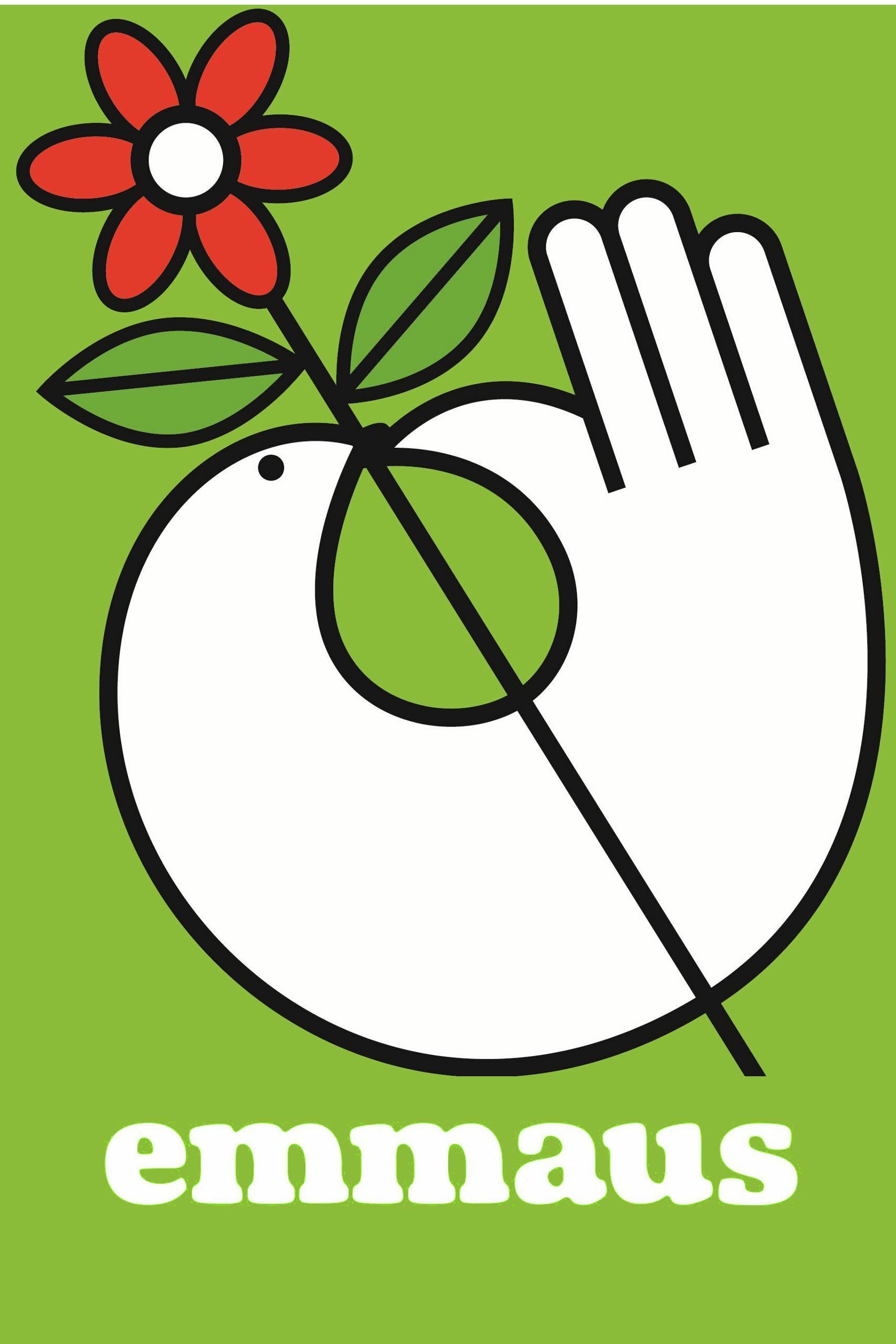The many uses for compression socks and tights
Posted by SOCKSHOP
| What are compression socks? Let’s start with the basics – compression socks are designed to aid the circulation in your legs and feet and improve blood flow. They do this by compressing the lower part of your leg – this increases the pressure and speed of blood flow. The compression is strongest around the ankle and eases off as it gets higher up the leg – similar to squeezing a toothpaste tube from the bottom, pushing the blood flow up the body and back to the heart faster. |
 |
|
They also reduce the size of superficial veins in the leg, preventing them from overfilling with blood and stopping blood from flowing backwards. |
 |
|
Pregnancy If you think you’re at risk of any of the conditions above, please contact your GP before trying compression socks. |


 Australian Dollar($)
Australian Dollar($) Danish Krone (kr)
Danish Krone (kr) Euro (€)
Euro (€) Japanese Yen (¥)
Japanese Yen (¥) Norwegian Kroner (Kr)
Norwegian Kroner (Kr) Swedish Krona (kr)
Swedish Krona (kr) Great British Pound (£)
Great British Pound (£) US Dollar ($)
US Dollar ($)







Get involved and tell us what you think. Comments may be subject to moderation.